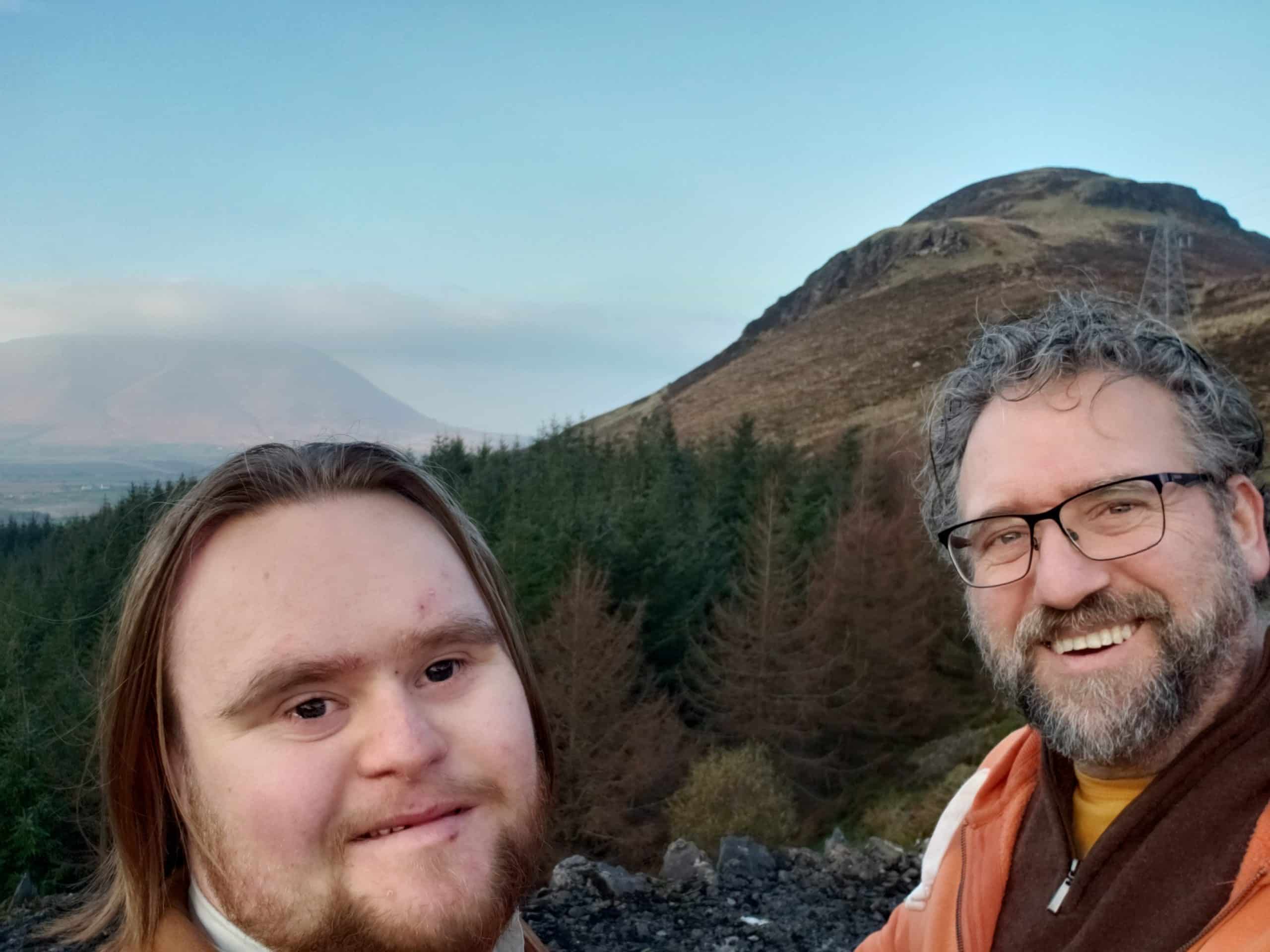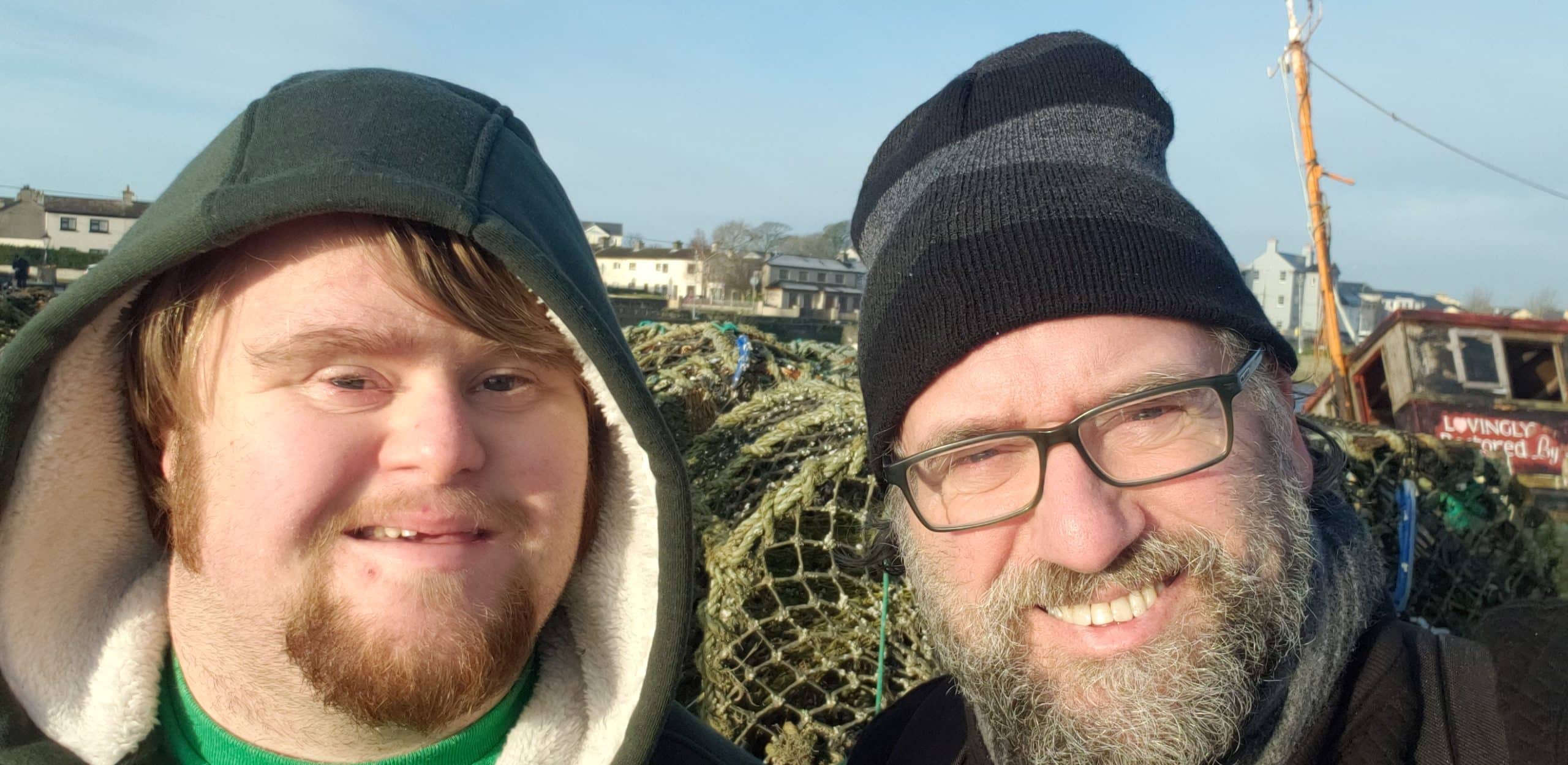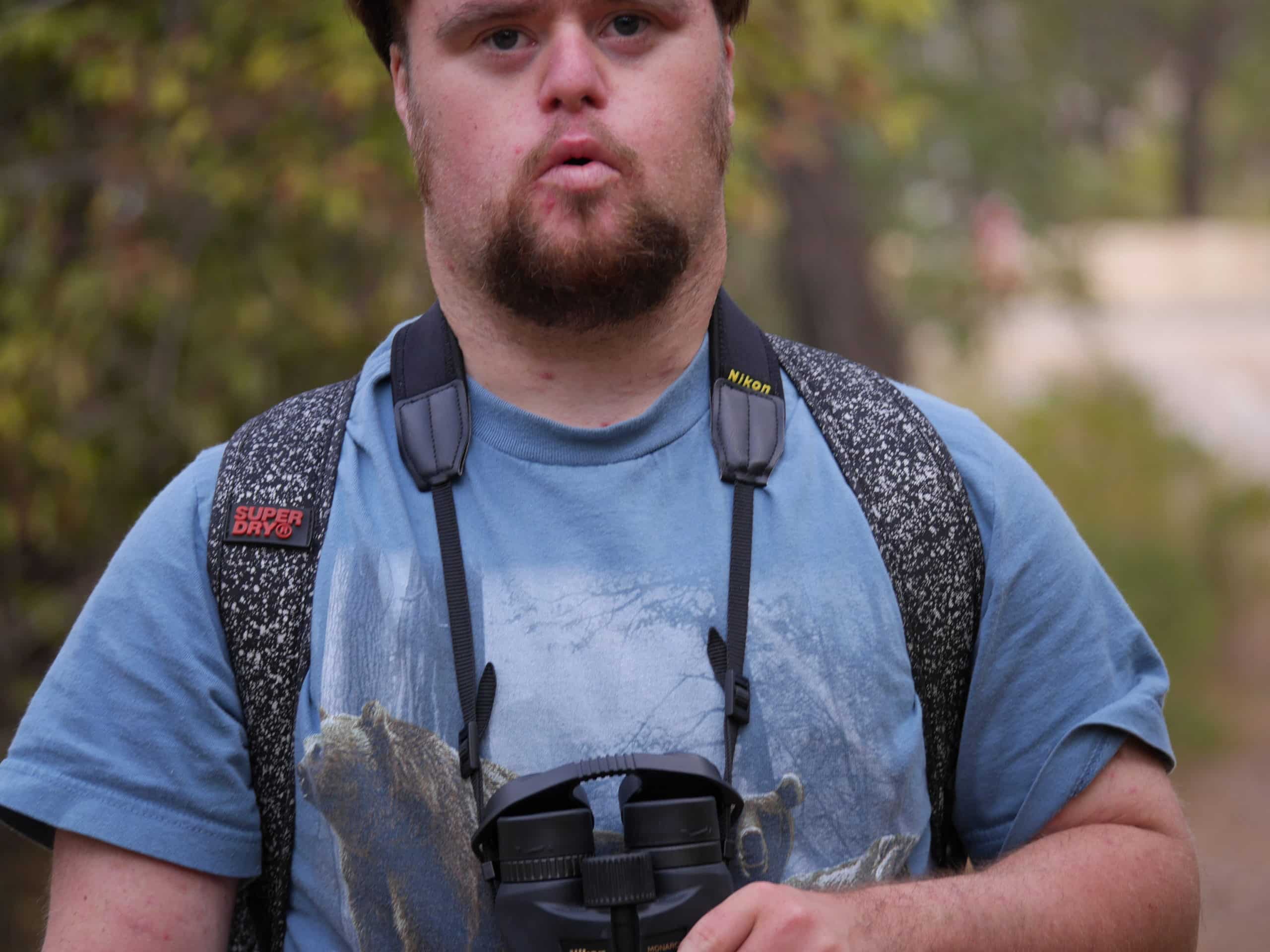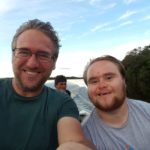Welcome to our second blog with Conservation Optimism. For those who missed it, click here to read our first one where we introduce ourselves and explain our vision.
Today, we want to explain our vision in more detail and ask you for your help!
On 1st November 2021 Karine Elharrar, Israel’s Minister of Energy and Water Resources, was denied entry to the COP26 summit because as a wheelchair user she was unable to access the Glasgow venue.
There was a lot of press coverage of this incident, resulting in Elharrar being invited to a meeting between the Prime Ministers of Israel and England, where Boris Johnson apologised for the oversight.
But we’ve noticed that many people working in conservation are ignorant of the necessity of planning for inclusion of stakeholders, including people with disability.
If we are to be successful in our conservation efforts, we must actively engage as many people as we can and awaken their interest in nature.
Can we design for universal inclusion?
The whole idea behind Citizen Science is inclusive research. Yet, in our experience, projects are rarely designed with awareness of the types of obstacles that pop up if no conscious planning has gone into it. In other words, can we design for universal inclusion?

Fionnathan – a son (Fionn) and father (Jonathan) walking in the mountains. Picture credit: Fionnathan
Take birding for example. Nearly every day this year, the two of us have gone on an hour-long walk, from our apartment in Galway, across the railroad tracks and down a wooded lane to the seashore of the inner bay. We walk along the rocky coast looking out over the mudflats, and back again. We bring binoculars and a smartphone. And we submit a daily list on eBird, where it is compiled with thousands of other sightings, around Ireland, Europe, and the world.
But this particular route, like most other nature walks, are inaccessible to many people with limited mobility. We’re not looking to pave the world (like the skateboarder’s slogan), but we think that communities need to plan nature experiences that can be accessed by all.
Making universal inclusion second nature
For example, a group called Birdability in the US has developed ‘5 Steps to Implement Accessible and Inclusive Birding’. Can we make such planning steps second nature, the way we’ve quickly learned to do with contagion awareness during the ongoing pandemic? We think we can, and we believe that, by doing this, we will exercise the muscles needed to consider and address the rights of nature, by default.

Fionn and Jonathan (aka Fionnathan). Picture credit: Fionnathan
A second-class category
Our era recognises the importance of intersectional perspectives. Such categories as Age, Class, Ethnicity, Gender, Religion, and Sex are seen as crucial elements to consider in the planning of group efforts in the conservation movement. We find it odd that Disability is less likely to be included in these conversations.
The fact that Disability is still considered a second-class category, of less interest than those mentioned above is illustrated by the language we use. Disability is the only category label with a judgement in its name. The correct term should be, of course, Ability.
Though an estimated 15% of the world’s population live with disability (higher among women, older citizens and those living in poorer countries) it is rare to see speakers with visible disability at the podium, or to hear the subject of disability discussed along with conservation.
In 2021, we attended both IUCN’s massive events: the Global Youth Summit (online) and the World Conservation Congress (in Marseille). In both cases, a lack of planning for inclusion across the neuro-, sensory-, and mobility-diverse spectrums was evident.
One example of an accessibility marker we noted was the absence of sign language. While most presentations were translated live into multiple spoken languages, we saw no attempt to meet the needs of those who communicate visually.
If you forget to invite those with disabilities, you have a fatal flaw in your project.
Minister Elharrar, reflecting on her exclusion experience and the ensuing press coverage, called it “a good experience to make sure the next UN conference will be accessible”.
Almost certainly that will be true for the few Ministers that experience disability at the next COP. But can we say with any certainty that the next global conference (and the thousands of local ones) will be fully inclusive?

Fionn on a wilderness excursion. Picture credit: Fionnathan
Calling all advocates for inclusion
Let’s each do our part to bring about a healthy, sustainable, accessible, and inclusive world. We’re working on it, but we need your help.
Are you an advocate for inclusion?
Whether you have first-hand experience of disability or wish to ally yourself with perhaps the most marginalised of the marginalised, it’s not too late to prioritise inclusion.
We hope to connect with community groups that work inclusively, proactively favouring the voices of traditionally marginalised members. We are always seeking to learn. We are keen to hear the perspective of other conservationists.
Please reach out if you want to collaborate and follow Fionnathan for more.


